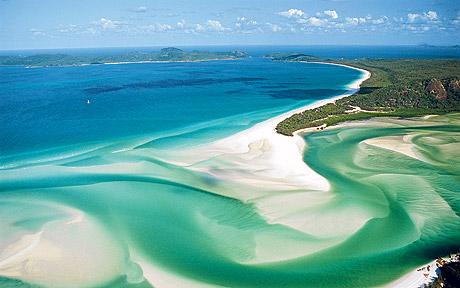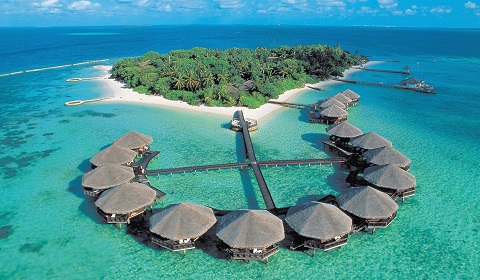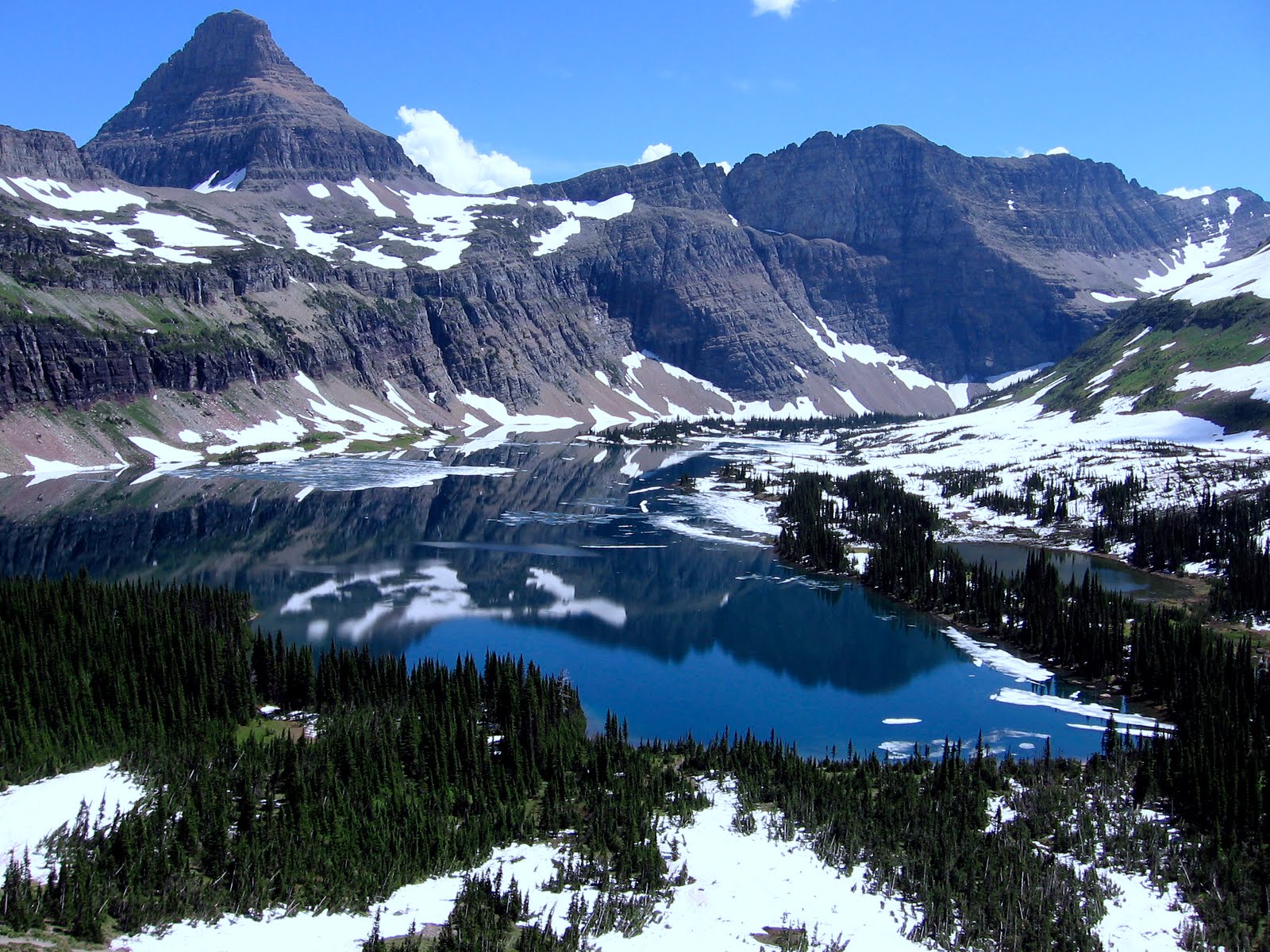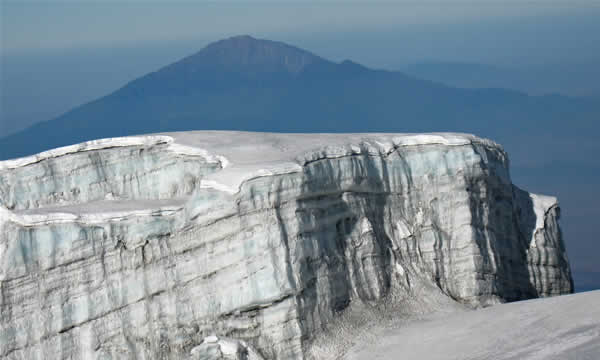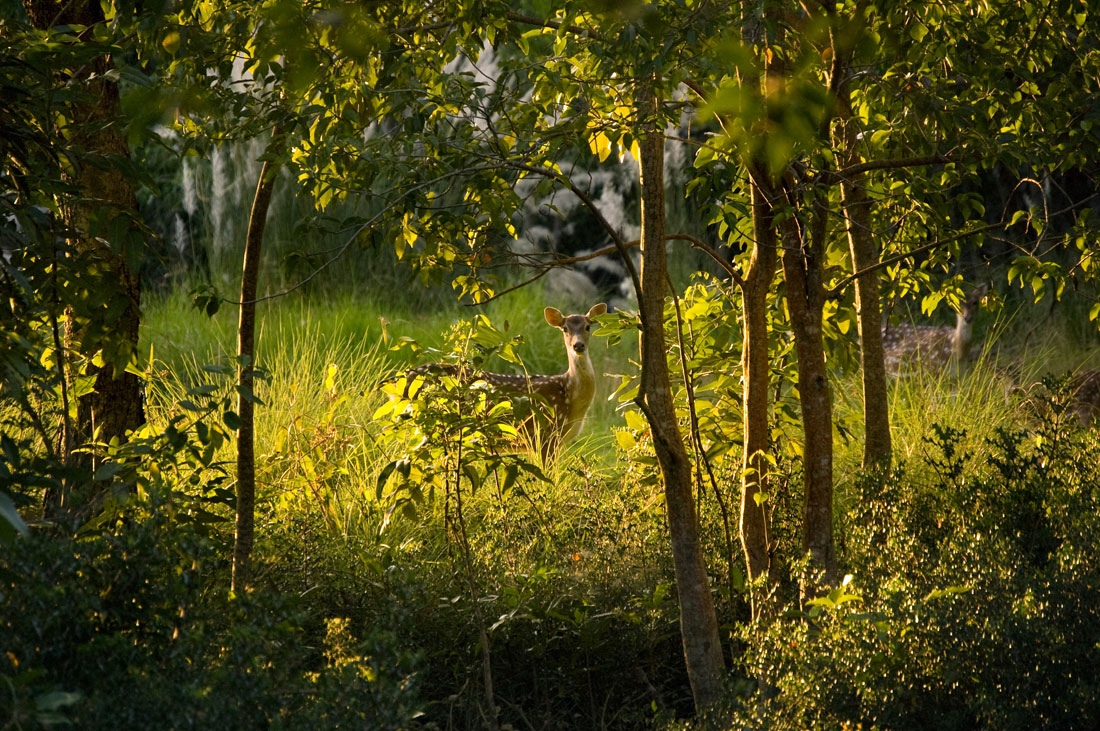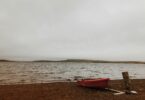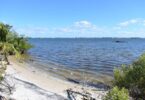The world is rich with the beauties of nature. Earth has many sights from enormous forests to palm fringed islands. If the gifts of nature like schools of tropical fishes, coral reefs and the icy glaciers disappeared? Humanitarian interventions are putting many natural sights in danger. But before these natural sights become a thing of the past, one must visit them and get flooded in its beauty.
Great Barrier Reef
The Great Barrier Reef is the largest coral reef system in the world that houses more than 3000 individual reefs and 900 islands spread over 2700 kilometers. This wonderful reef is situated in the Coral Sea, coast of Queensland in Australia.
Great Barrier Reef is the well-known coral ecosystem of Australia that is around the range of Japan, perhaps vanish by 2030. Australian Conservation Foundation, the growing temperature of 3-5 degrees Fahrenheit in the ocean combined with acidic water could kill almost 97 percent of these unusual reefs. It is tagged as one of the seven natural sights of the world by CNN.
The Maldives
Maldives is an island state that houses 1190 coral islands, bounded by the Indian Ocean. Palm fringed islands encased by turquoise water, occupied by schools of tropical fishes and coasts like castor sugar describe the appealing Maldives. It is the least Asian country both in population and the land area. Besides, Maldives is the lowermost country on the planet with an average 1.5 meters ground level from the above sea level.
The purest sights of the Maldives were overwhelmed by the tsunami, the earthquake in the Indian Ocean on 26 December 2004. Only 9 islands of the island nation were managed to escape from the devastation, even as fifty seven islands looked real damage and six islands were fully demolished.
Glacier National Park
Glacier National Park is in the State of Montana, U.S. This perfect ecosystem includes over 1,000,000 acreage and covers parts of two mountain ranges, more than 120 lakes, over 1000 dissimilar species of plants and 100 of species of animals. Some of the unusual animals found in this park are mountain grizzly, wolverine, goat and lynx.
The mountains in the Glacier National Park has started shaping 170 million years ago. In 1850, it was appraised that the park houses 150 glaciers, And only 25 glaciers remained till 2010. Scientists who are keeping track of the glaciers have valued that by 2020 all the glaciers of Glacier National Park may vanish if the current climate pattern continues.
Kilimanjaro Glacier
Kilimanjaro is the topmost mountain in Africa and the highest self-supporting mountain in the world. The captivated sights of Kilimanjaro Glacier are vanishing with the fast disappearance of the ice. Scientists appraisal that soon Kilimanjaro glacier will be ice free as the ice started melting due to change in climate pattern. From 1912 to present, over 80 percent of the ice has been disappeared from the Kilimanjaro Glacier. It is expected that Kilimanjaro may become ice-free sometime between 2022 and 2033.
Sundarbans Mangroves
Extending over 4000 square miles of wetlands, Sundarbans Mangroves are one of the largest mangrove forest in the world. It is known by UNESCO’s World Heritage Site that covers parts of Bangladesh and West Bengal and India.

